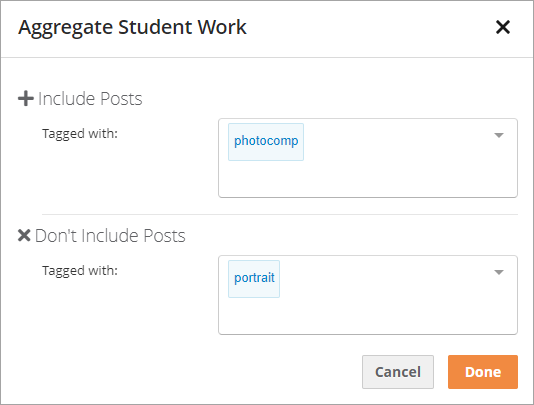What is an Outcomes report on OpenLearning and where can you create them?
To learn how to set up assessment, watch the video below.
Video guide on setting up assessment on OpenLearning
Updated video coming soon.
About assessments on OpenLearning
Assessment on OpenLearning is structured around Gradebook. These grade items define how an assessor should evaluate a learner's achievements in relation to the learning outcomes. This is done through defining assessment criteria, which flesh out learning outcomes and link them to relevant collections of learner work.

Things to check before setting up
- Before configuring Gradebook, you must first have set up the correct permissions in roles Learn more about roles
- You must also have specified your course outcomes. Learn more about course outcomes
Please make sure that you are able to see the Assessment tab in your course’s sidebar. The Assessment tab will appear to a Course Admin, Assessor and Assessment Designer.

How do I create an outcomes report for a criterion-based assessment?
Step 1
Go to Assessment > Gradebook

Step 2
Click Add grade item>Outcomes report

Step 3
Enter your outcomes report name and description and click Add to grade book.

![]()
Protip: Click Copy reports from another class if you want to copy the outcomes report from a different class.

Step 4
This will take you to the main Gradebook section. In this section, you need to set up the following:
1) Weight: Assign the weight or score for your grade items.
2) Visibility: Select the appropriate visibility setting for your learners' view and click Save. The default visibility of the item is Full report. The only other available options are Full report on release, Score only and Hidden.

3) Action: Click the three dots, select Edit to continue modifying your grade item report, or choose Delete to remove the grade item.

Step 5
Click Add Criterion to begin setting up the criteria, the criteria weight and assessment type.

How do I set up the report - the criteria, the criteria weight and assessment type?
Note: This user interface (UI) is the same as the updated Rubric report interface. No changes have been made.
Open a criterion under a learning outcome and fill out the following fields:

1 - Enter a name for the criterion.
2 - Additional description. Here, you can include instructions to assessors on how to make evaluations of learners' work.
3 - Select an assessment type for the criteria. This specifies how the evaluation will be expressed. Possible types include:
- numeric fields
- pass/fail categories
- categories (Likert scale)
- bands.
If you set up custom categories or bands, you can save them as presets to be reused across all outcome report grade items in a course.
4 - Every criterion must be linked to evidence of learning.
You can specify a collection of learner work to represent evidence of learning. Performance on a criterion is then evaluated over this collection.
By default, the evidence of learning consists of any posts made by the learner which are tagged by this criterion's learning outcome. Learn more about outcomes tagging
This collection may be customised by clicking Edit, which opens the collection customisation modal.
Through this modal, the collection of evidence can be further tailored to align with the current criteria. This is done by including/excluding posts with certain tags.

This provides a flexible way to link learner work to learning outcomes. Learn more about using tags for assessment.
5 - You can also add additional Focus pages where the evidence of learning is located.
6 - Each criterion also has a weight that determines how much this criterion is worth relative to the rest of the report.
How do I copy existing grade item when creating a new class
You can also choose to copy over the existing grade item when creating a new class from the Course Setup > Classes > Create a new class section by selecting the options highlighted in the screenshot below:
- Quick creation option: Tick Use settings from another class
- Select class to copy settings from
- Tick Include all Gradebook items from selected class

